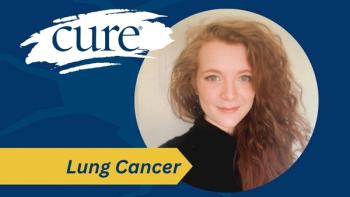
- Winter 2017
- Volume 1
- Issue 1
HPV Vaccine Series Abbreviated to Protect Against Cancer
Now only two doses of the HPV vaccine are needed to protect children against a number of cancers.
ONLY TWO DOSES OF vaccine protecting against the human papillomavirus (HPV), rather than the previously recommended three, are needed to protect children against a host of cancers as they move into adulthood, according to a recent federal guideline.
The Centers for Disease Control and Prevention (CDC) set that guideline in October 2016, based on studies showing that two shots of the vaccine at least six months apart are equally or more effective than three injections for children under age 15. The CDC suggested that the reduced schedule would make it easier for parents and their children to comply, ultimately protecting more Americans against the cancers that can be caused by HPV.
However, teenagers and young adults who start the vaccine series when they are between the ages of 15 and 26, and people with weakened immune systems, should get three doses.
HPV can cause cervical, vulvar, vaginal, penile, anal, mouth and throat cancers. The virus is passed through sexual contact. Vaccines exist for seven types of HPV that, together, cause 73 percent of HPV-associated cancers; Gardasil 9 is the vaccine available in the United States. A recent study showed that Gardasil 9 could prevent 80 percent of cervical cancers in the U.S. if given to all children ages 11 and 12 prior to HPV exposure. Yet HPV-related cancers are on the rise, the CDC reports. One reason is that less than half of young people who are eligible are completing the series of vaccines.
The CDC recommends that all males and females should start the HPV vaccine series at the age of 11 or 12 years, but men can receive the series through age 21 and females through age 26.
“A certain level of cost and inconvenience is involved in requiring three separate doses, so any way we can lower that barrier without sacrificing protection is an improvement,” said Aimée Kreimer, Ph.D., of the National Cancer Institute’s Division of Cancer Epidemiology and Genomics.
Articles in this issue
over 8 years ago
Understanding Cancer Treatment Customsalmost 9 years ago
Using Evolving Knowledge to Manage Cancer's Side Effectsalmost 9 years ago
Jim Kelly Kicks Off Cancer Awareness Programalmost 9 years ago
Developing Methods to Fight Cancer-Related Fatiguealmost 9 years ago
Michael Buble's Toddler Son Is Fighting Canceralmost 9 years ago
Comments From Our Readers- Winter 2017almost 9 years ago
Can Cancer Be a Laughing Matter?almost 9 years ago
The Skin You're In: Coping With Body Changes After Canceralmost 9 years ago
Keeping Your Colorectal Cancer Screening Options Open



